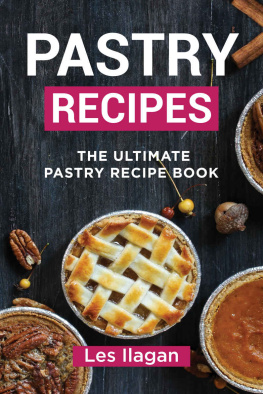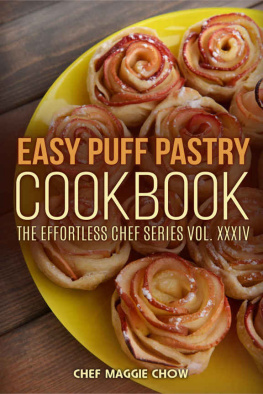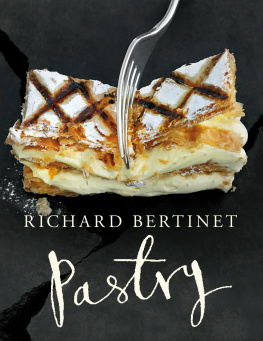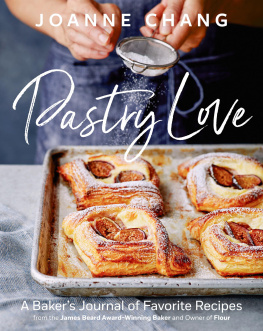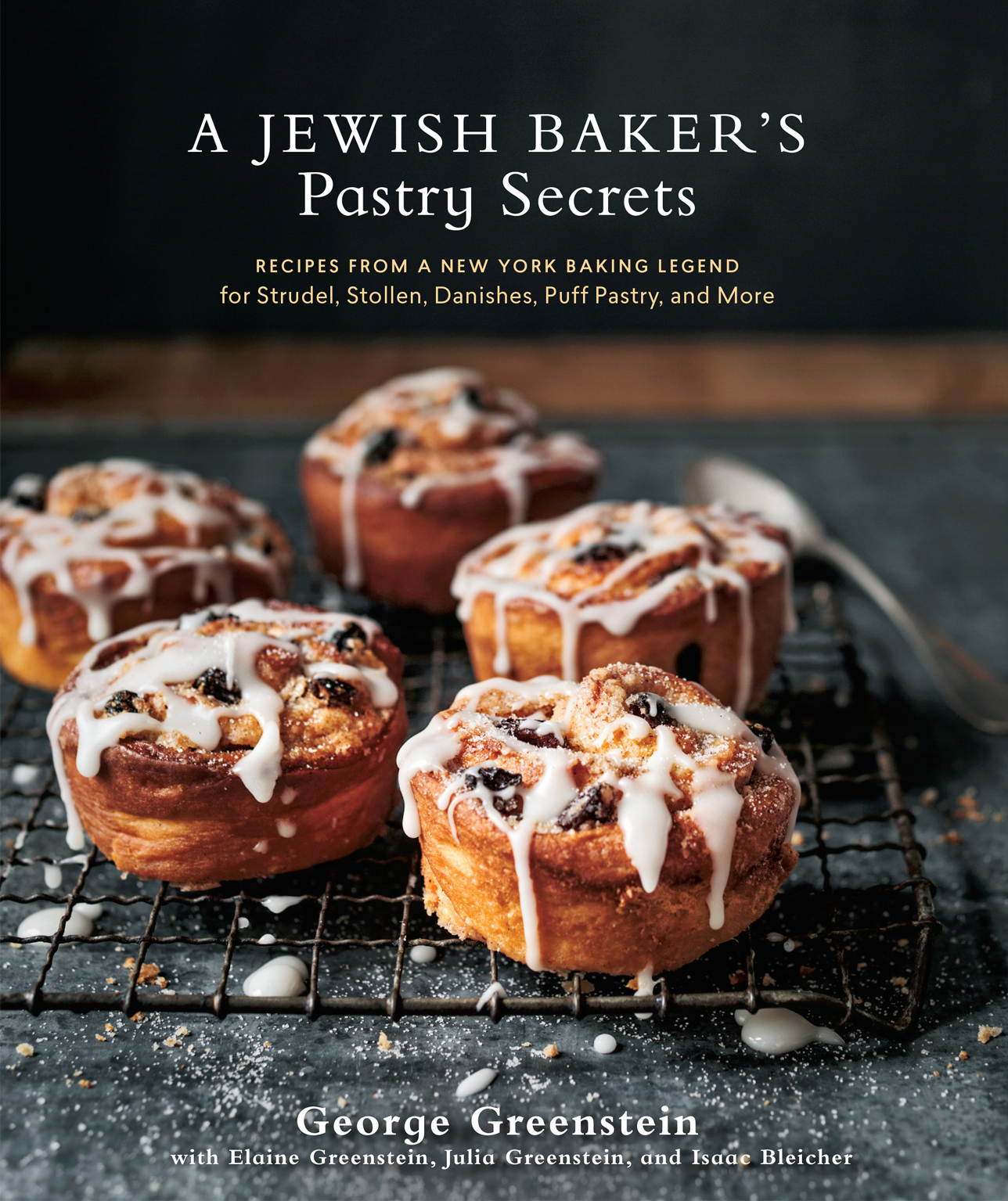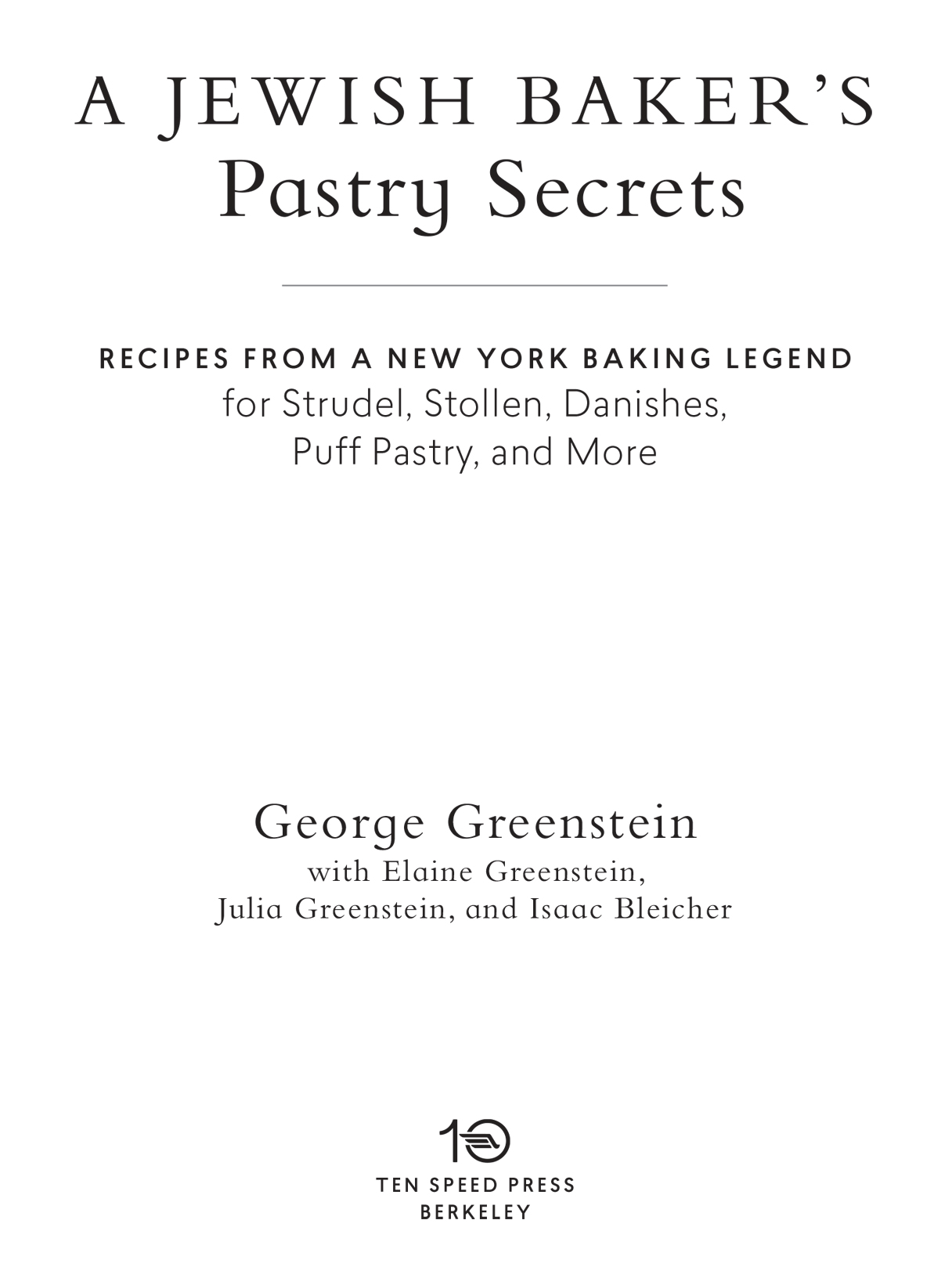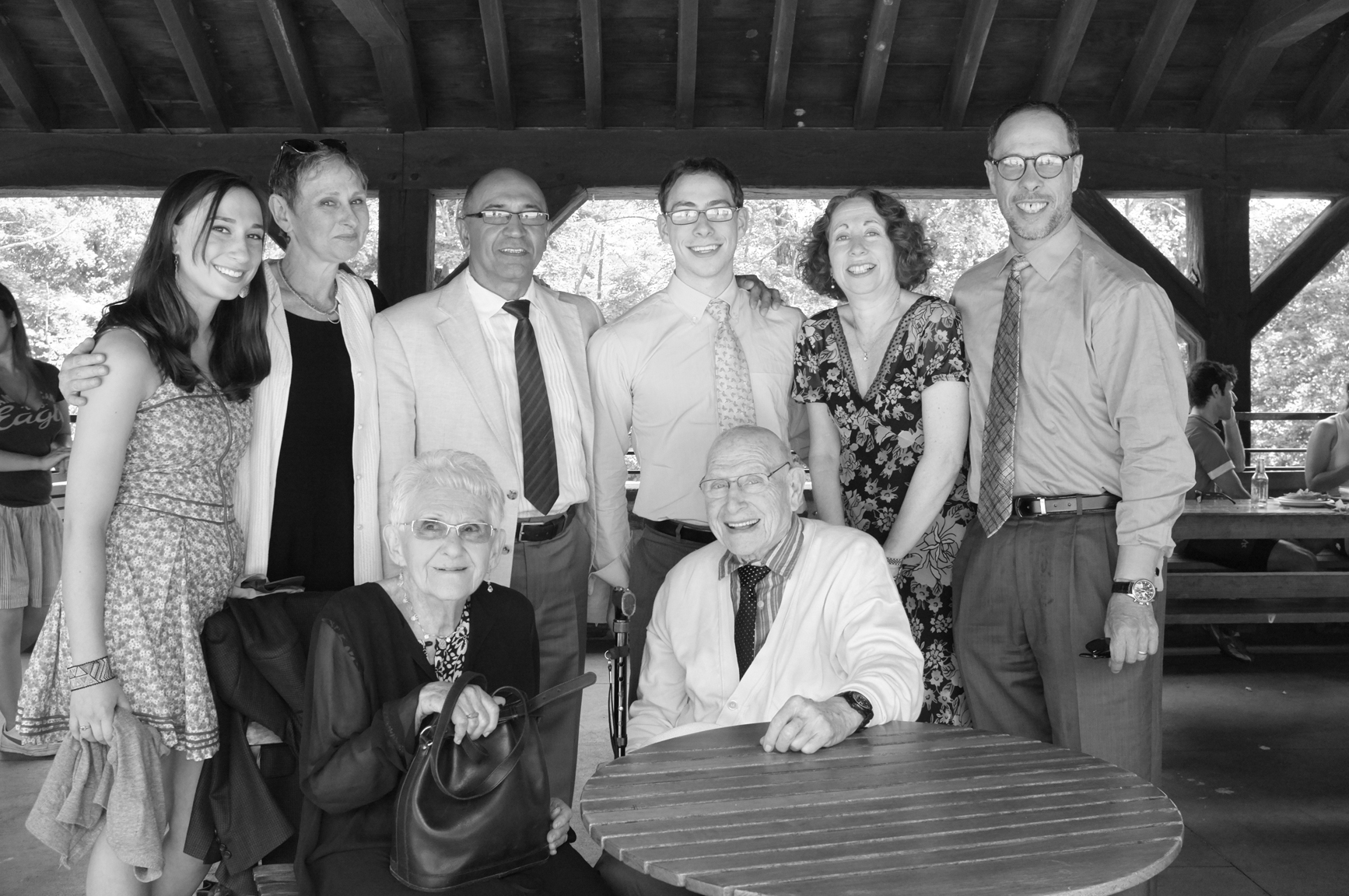Copyright 2015 by Isaac Bleicher
Cover photographs copyright 2015 by Ed Anderson
copyright 2012 by Paul Bleicher
All rights reserved.
Published in the United States by Ten Speed Press, an imprint of the Crown Publishing Group, a division of Penguin Random House LLC, New York.
www.crownpublishing.com
www.tenspeed.com

Ten Speed Press and the Ten Speed Press colophon are registered trademarks of Penguin Random House LLC.
Library of Congress Cataloging-in-Publication Data is on file with the publisher.
Hardcover ISBN:9781607746737
eBook ISBN9781607746744
eBook design adapted from printed book design by Kara Plikaitis
v4.1
a
CONTENTS
CHAPTER 1
Equipment, Tools, and Ingredients
CHAPTER 2
Basic Techniques and Recipes
CHAPTER 3
Bundt
CHAPTER 4
Babka
CHAPTER 5
Strudel
CHAPTER 6
Gugelhopf and Portuguese Sweet Bread
CHAPTER 7
Stollen and Polish Kolacz
CHAPTER 8
Puff Pastry
CHAPTER 9
Charlotte Dough
CHAPTER 10
Danish Pastries
In memory of George and Adele, who are not here to see these wonderful pages.
Front row, from left, Adele Greenstein and George Greenstein. Back row, from left, Shira Bleicher, Julia Greenstein, Jose Medina, Isaac Bleicher, Julia Greenstein, and Paul Bleicher.
Introduction
Elaine and Julia Greenstein, daughters of George Greenstein
Our early childhood memories are of our parents spending more time in the bakery than they did at home. After school and on weekends, we often played in the back of the bakery, drawing pictures, reading books, folding and assembling cake boxes, or running small errands. In fact, before we were even tolerated at the bakery, we folded cake boxes while parked in front of the TV set at home!
When we were tall enough to look over the counter, we started waiting on customers and helping with various jobs in the production areas. We were most often assigned jobs forming dough into pastries such as crumb buns and rugelach. We longed to get our hands on the icing and finishing equipment or to mix the batters, but the answer was always, no. Sometimes we felt like elves in a production line: standing on milk crates, assembling one tray after another of pastries from enormous batches of dough.
Even though we could eat anything we wanted in the bakery, as young girls we had a secret pleasure. We collected the glass bottles left by the workers in the bakery and returned them for their deposit to the deli next door. Instead of taking the cash, we traded it for a factory-produced, plastic-wrapped, squishy chocolate cupcake or pink coconut mound. We always made sure to eat the evidence before returning to our parents in the bakery. The brothers who ran the deli must have had many a chuckle after the bakers daughters left the deli.
It was not until college and graduate school, well away from our childhood bakery responsibilities, that we started to appreciate the bakery treats and welcomed the care packages sent from home. Our circle of friends really appreciated them, too! One of us, Julia, remembers her PhD advisor claiming that she added the benefits of these care packages to her recommendation letters. Who knows how much of her career was based on the contents of the packages?
Once we moved away from home, we began to become bakers in our own right, finally allowed to take on mixing and decorating duties outside of the bakery. Our dad showed great joy and pride seeing our results. When dividing jobs for our annual Thanksgiving family meal, there was always a negotiation because everyone wanted to make the desserts. Even though our father was always ready with specific comments on the quality of the results, it did not stop the competitive baking, which has continued with the next generation of bakers in our family.
George began this book about 15 years ago, after Secrets of a Jewish Baker was published. He worked on it off and on, but for one reason or another, it never made it to publication. George passed away on July 20, 2012. The next day, our family gathered at our mothers house. We all kept busy in our own ways to deal with our grief. Some of us cooked, while others started going through papers. When Paul, Julias husband, found this manuscript, we, Julia and Elaine, and his grandson, Isaac, made a pact to get the book published. The three of us are the ones who always plan the meals and get excited over food. (It is a good thing we each have our own kitchen. We all inherited being the boss from our dad.) Julia has an amazing ability to create spectacular dinners for large numbers of guests, and Elaine dallied with being a pastry chef. Isaac caught the bug early, astounding us all with his amazing bread and pastries.
Finishing our dads project has been a way to honor and mourn him. Sometimes as Elaine tested recipes, the image of him dressed in his white pants and apron, his big, floury hands gripping a huge rolling pin, rolling massive lumps of dough, kept her company in her kitchen. For Julia, going through the recipes and trying to see his vision brought back the hours Dad spent in his consistent search for the perfect baked goods, both at his own bakery and in our family travels. Isaac remembered standing on a high stool to see above the counter, watching his grandfather teach him how to roll rugelach, a family favorite. We hope this recipe, as well as the others in the book, bring as much joy and sweetness to your life as our dad did to ours.
Apricot Rugelach
The rugelach we made in the bakery does not fit in any of the chapters. But we love it so much we are including it. The last project our dad did every Sunday would be to roll out a huge sheet of the dough, and we would roll up each pastry. It seemed like it took forever to complete. Dont worrythe recipe below does not make the amount we made in the bakery.
Rugelach Dough
12 ounces (340 grams) cream cheese, at room temperature
2 cups (8.5 ounces / 241 grams) unbleached all-purpose flour
1 cup (8 ounces / 227 grams) cake flour
1 cups (12 ounces / 340 grams) unsalted butter, cut into -inch dice
cup (2.3 ounces / 65 grams) sugar
teaspoon baking powder
teaspoon kosher salt
2 eggs
teaspoon pure vanilla extract
Apricot Filling
1 cup (10.5 ounces / 298 grams)
1 cups (9 ounces / 255 grams) raisins, preferably golden
2 cups (8 ounces / 227 grams) walnuts, chopped, preferably
1 cups (5.4 ounces / 120 grams) cake or bread crumbs, preferably fresh
1 cup (7.2 ounces / 200 grams) , half reserved for topping
cup (2 ounces / 57 grams) unsalted butter, melted
Line a 12 by 18-inch sheet pan with parchment paper or greased waxed paper. Flour a second 12 18-inch baking pan.
To make the dough, in the mixing bowl of a stand mixer fitted with a flat paddle, combine the cream cheese, all-purpose and cake flours, butter, sugar, baking powder, salt, eggs, and vanilla. Pulse with the on/off switch until blended, making sure that the flour does not fly out of the bowl. Mix at low speed until the dough becomes smooth. Its okay if small lumps of butter remain; they will be absorbed into the dough as it is rolled out.




